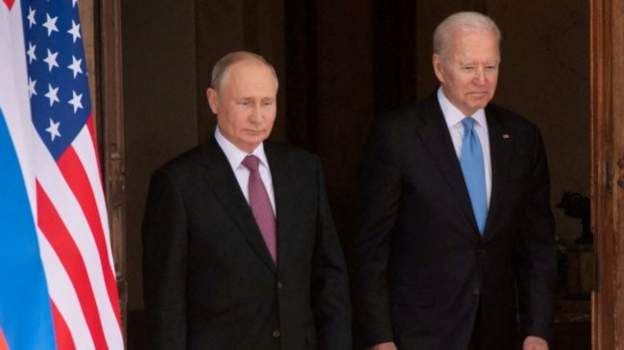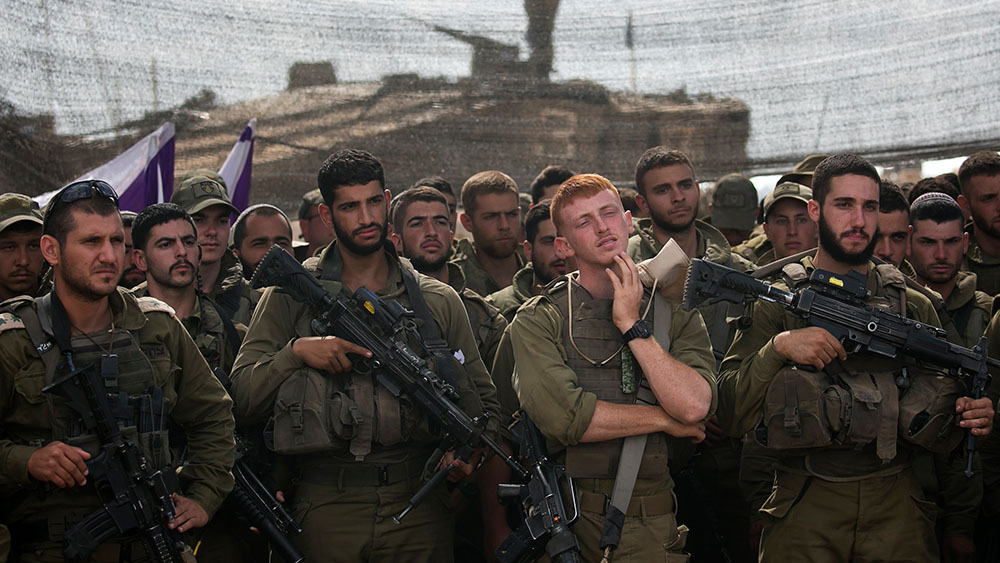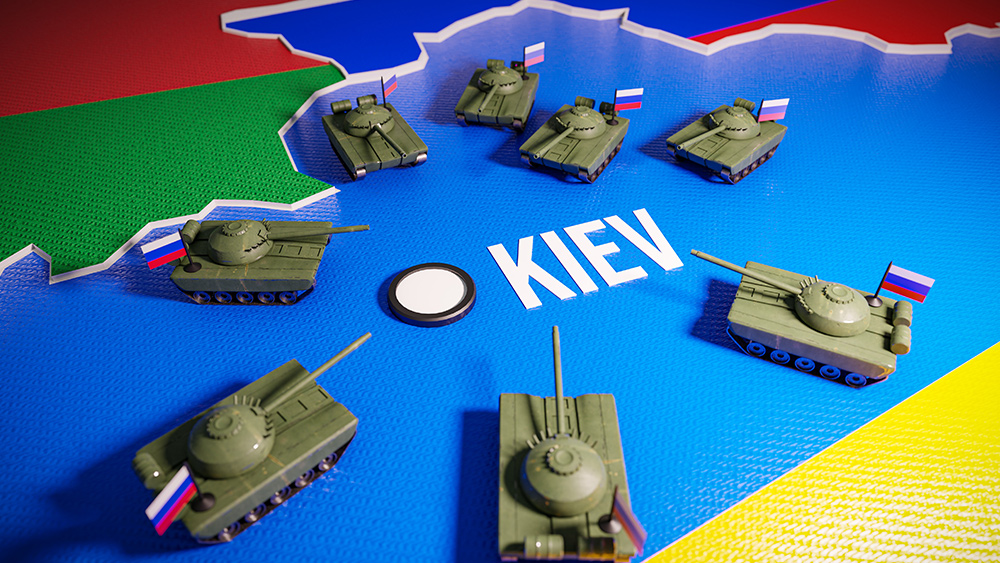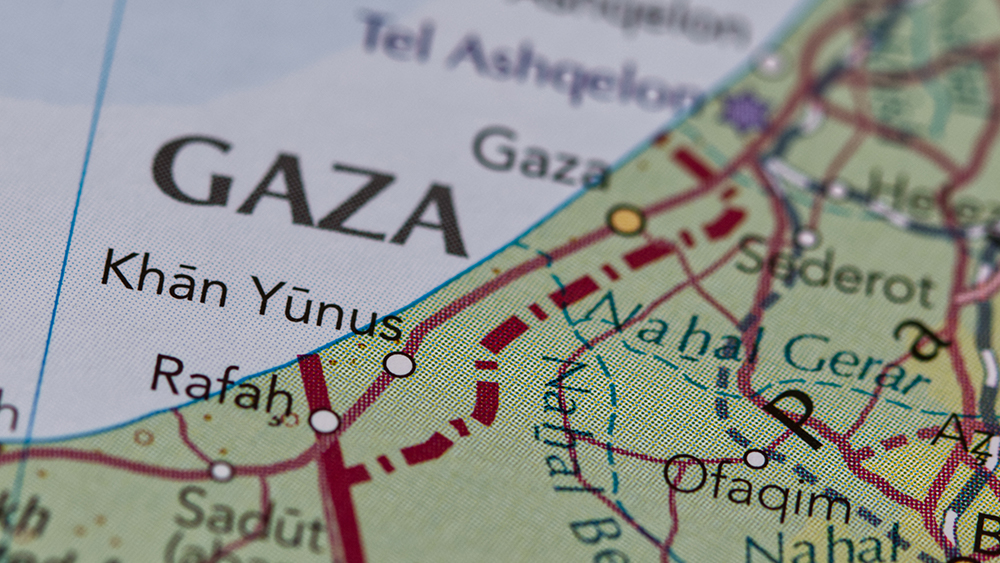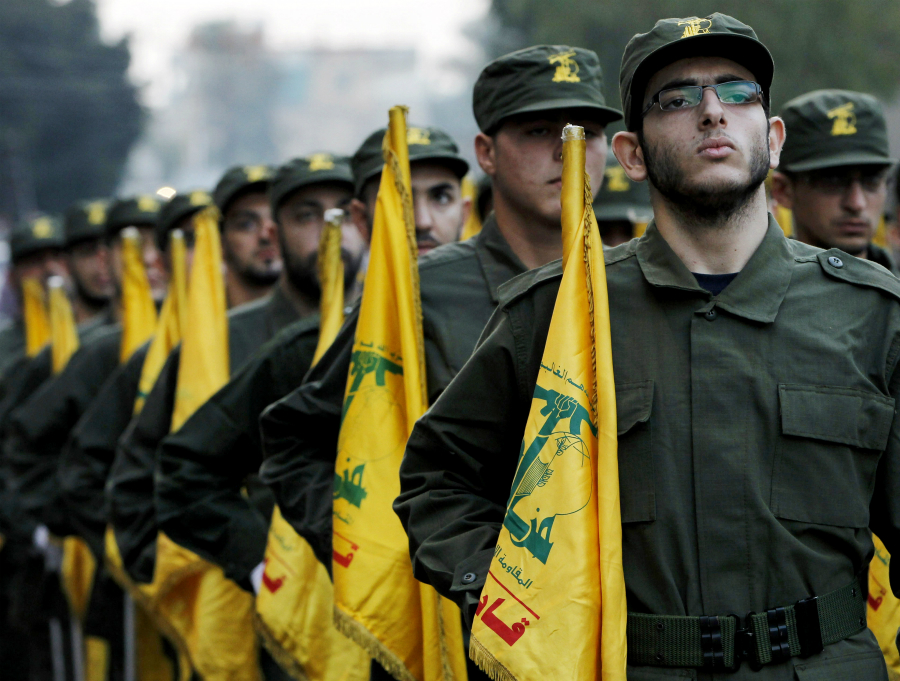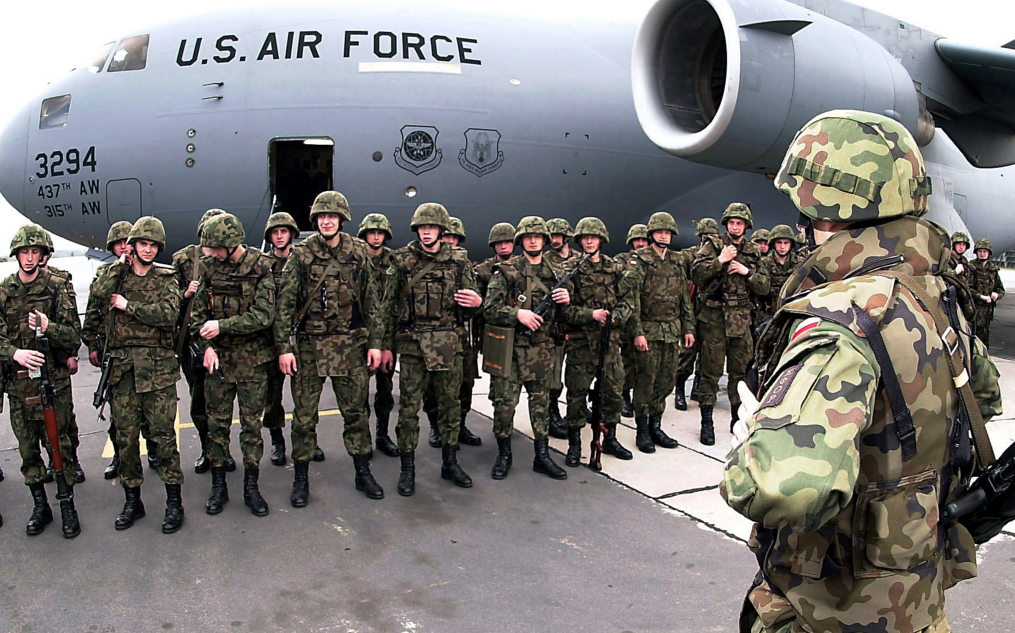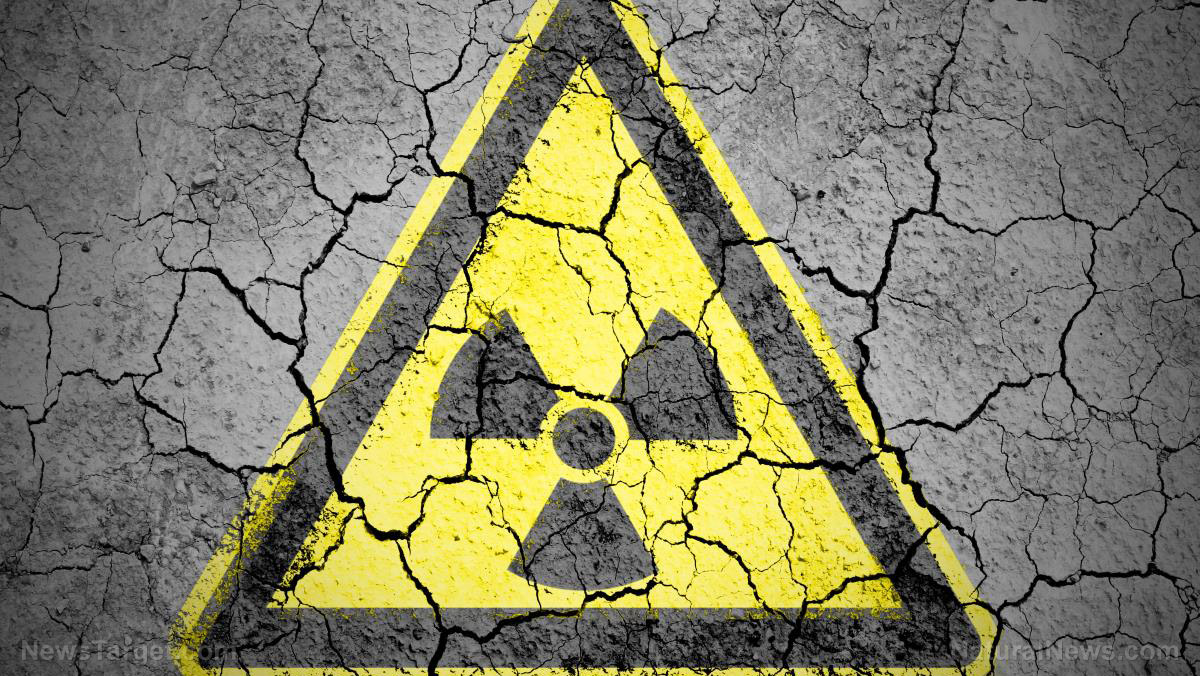Ukraine commences using German weapons to strike targets on Russian soil
06/27/2024 / By Belle Carter
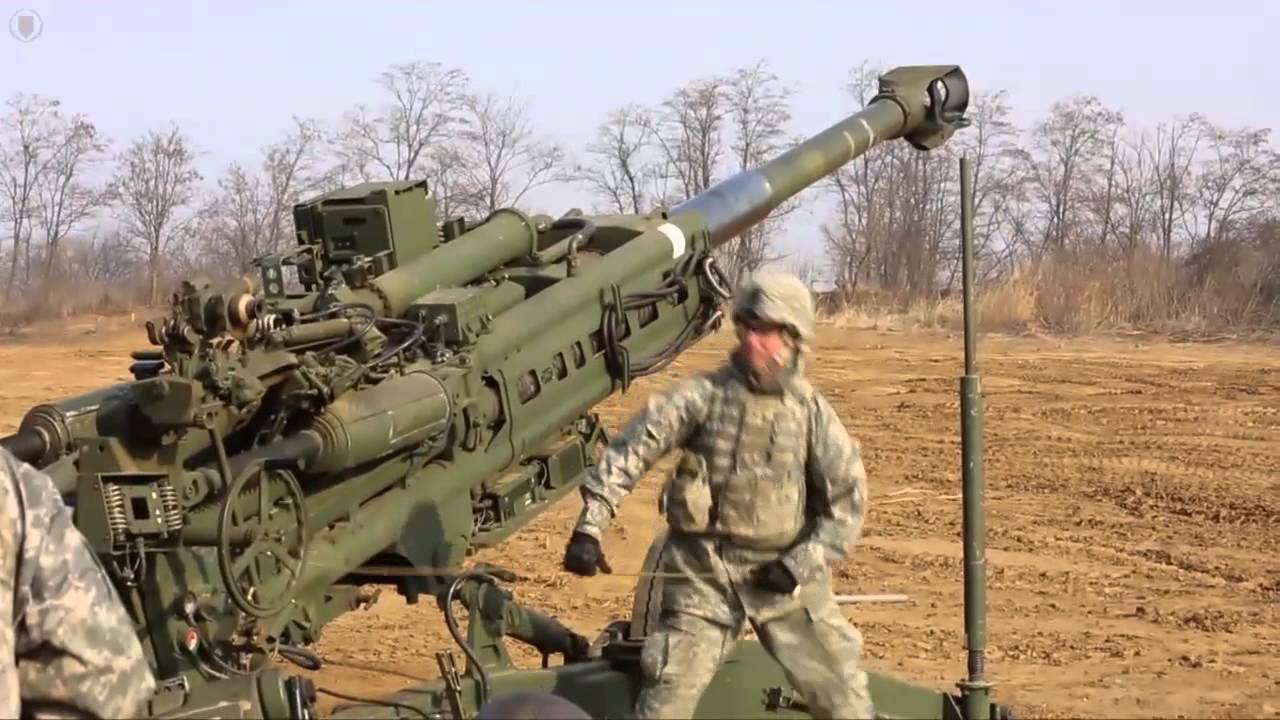
Weeks after the Biden administration decided to allow Ukraine to use U.S.-supplied artillery inside Russian territory, Kyiv also began using German weapons to conduct strikes on Moscow. According to the German tabloid Bild, Panzerhaubitze 2000 self-propelled guns, which have a range of up to 40km, have been deployed by the Armed Forces of Ukraine to the Kharkiv Region.
A correspondent of the news outlet went to the area and reported that a German howitzer and its crew remained hidden in a dugout in a wooded area “not far from the Russian border.” As per the reporter, as soon as the order to deploy the hardware was given by the commanders, the troops moved the howitzer out of cover to a fixed firing position, made several shots and then quickly retreated. The immediate pullout is said to be due to the threat posed by Russian drones.
Ukrainian troops complained to Bild’s correspondent about the heat inside the Panzerhaubitze 2000. As per the soldiers, the heat often leads to the breakage of certain devices inside the howitzer. They were surprised when the journalist informed them that there are more modern versions of the hardware that are equipped with air conditioners.
Ukraine can now use German arms provided for self-defense “following its international legal obligations,” a German government spokesman said. Berlin decided to greenlight the cross-border attacks because Russia has “prepared, coordinated and carried out attacks from positions in the Kharkiv area in particular from the immediately neighboring Russian border region,” he explained. (Related: German chancellor pushing WWIII with declaration that Ukraine’s “defensive action is not limited” to its own territory.)
Back in May, Germany joined the United States in authorizing Ukraine to hit some targets on Russian soil with the long-range weapons they are supplying. Both Germany and the U.S. specifically authorized the use of weapons to defend Kharkiv, whose capital city of the same name lies only 12 miles from Russia. Back then, Ukrainian officials claimed that Russian ballistic missiles slammed into an apartment building in the city, killing at least six people.
Meanwhile, White House National Security Advisor Jake Sullivan said on Tuesday that Ukraine’s ability to fire U.S.-supplied weapons into Russia goes beyond Kharkiv and “extends to anywhere that Russian forces are coming across the border from the Russian side to the Ukrainian side to try to take additional Ukrainian territory.” This decision came after Ukrainian and other European officials pressed the Biden regime to loosen its restrictions even further.
“This is not about geography. It’s about common sense. If Russia is attacking or about to attack from its territory into Ukraine, it only makes sense to allow Ukraine to hit back against the forces that are hitting it from across the border,” Sullivan argued.
Two U.S. officials, who requested anonymity so they could speak candidly about the matter, maintained that allowing Ukraine to hit inside Russia in response to counterfire from anywhere across the border is not a shift in policy since the Kharkiv decision was made. “The president recently directed his team to ensure that Ukraine can use U.S. weapons for counter-fire purposes in Kharkiv so Ukraine can hit back at Russian forces hitting them or preparing to hit them,” the official said, emphasizing that the policy of not allowing long-range strikes inside Russia “has not changed.”
Putin will send armaments to North Korea if the West continues to supply weapons to Ukraine
In response to the U.S., Germany and other NATO countries providing long-range systems to Ukraine, Russia’s President Vladimir Putin said on Thursday that Moscow doesn’t “rule out supplying weapons to other countries, including North Korea.”
“Those who supply these weapons believe that they are not at war with us. I said, including in Pyongyang, that we then reserve the right to supply weapons to other regions of the world,” Putin told reporters at the end of his trip to Vietnam, in response to a question on whether the supply of Western long-range weapons could be considered an act of aggression. “Where they will go next?” he said, suggesting those countries could then sell the weapons to Western adversaries.
U.S. State Department spokesperson Matthew Miller reacted to Putin’s stern warning, saying that the Russian president’s remarks are incredibly concerning. “It would destabilize the Korean Peninsula,” Miller told reporters and “depending on the type of weapons they provide, might violate UN Security Council (UNSC) resolutions that Russia itself has supported.”
Last week’s defense pact is the most significant agreement signed by Russia and North Korea in decades and is seen as something of a revival of their 1961 Cold War-era mutual defense pledge. The deal was closed on Wednesday when Putin went to Pyongyang and met with Kim Jong Un, North Korea’s leader.
Meanwhile, U.S. ally South Korea condemned the treaty and summoned Russia’s ambassador on Friday. First Vice Minister Kim Hong-kyun relayed the South Korean government’s “stern position” on Kim and Putin’s defense pact, urging Moscow to “immediately halt military cooperation” with Pyongyang and abide by UNSC resolutions, the Foreign Ministry said.
Kim reportedly told the Russian ambassador that “any cooperation that could directly or indirectly help reinforce the North Korean military power is a violation of the UN Security Council resolution,” adding that Russia, a permanent member of the UNSC, should “act responsibly,” according to the ministry.
Check out RussiaReport.news to read more updates on the ongoing Ukraine-Russia conflict.
Sources for this article include:
Submit a correction >>
Tagged Under:
artillery, big government, chaos, conspiracy, Dangerous, German howitzer, German weapons, insanity, Jake Sullivan, Kharkov, military tech, national security, Panzerhaubitze 2000, Russia, self-propelled guns, Ukraine, Ukraine-Russia War, Vladimir Putin, weapons technology, World War III
This article may contain statements that reflect the opinion of the author
RECENT NEWS & ARTICLES
COPYRIGHT © 2017 NATIONAL SECURITY NEWS




